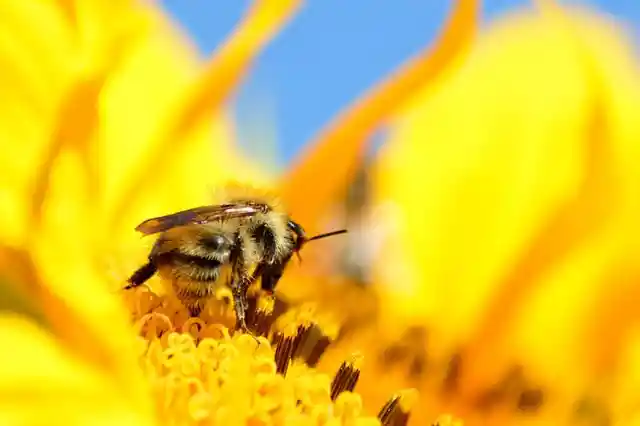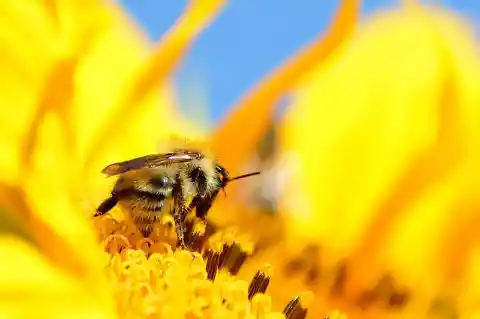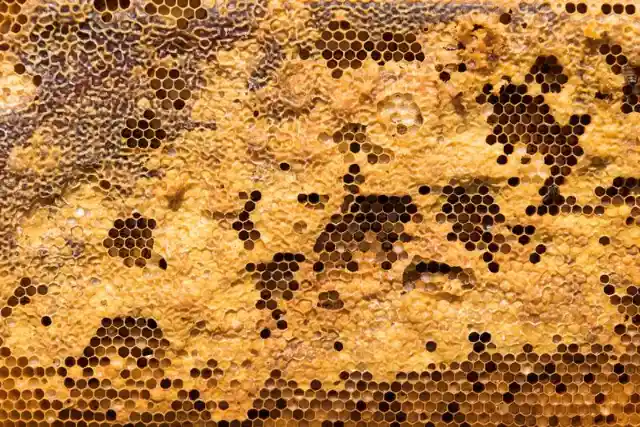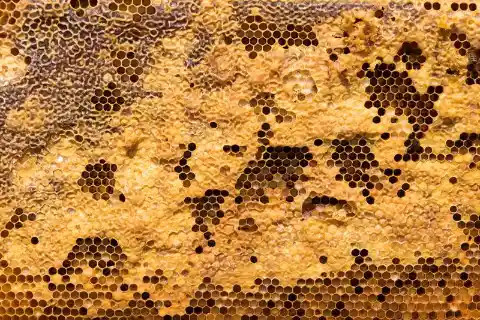On a summer’s day, do you ever find yourself just watching nature? Bees, in particular? If so, you are not alone. Bees are a unique and fascinating species, and they play an incredible role in keeping nature safe. The worker bees are a feminine species, and they tend to live very short lives. With little natural pollen baskets on their legs, they can bring pollen back and forth from nature to the hive.


Typically, given a worker bee lives for around six weeks, they tend to get through a lot of work in that time. They come out of their little cells, and they basically work until they die or their wings fail – which, for a bee, is practically a death sentence. In the morning, a bee will rise with the sun and get to work. They wake up, they ensure their wings work, and they leave the hive to go and collect pollen for the family.
They forage around in flowers and nature for pollen, taking on new adventures and meeting all manner of challenges. They look to find pollen-rich flowers. Some also look for water to bring back to the hive, while others stay back to fight off invaders and enemies of the hive. The majority, though, are out finding resources for the hive.


Once they bring enough pollen home for the day, they will look for a honeycomb in which they can store their loot. The honeycomb is then sealed with wax, and the bees transfer this nectar from one another to help blend it with their little enzymes. This creates storable nectar.
After collection and storage, they head back out again to try and collect more pollen. If bees find a large cache of pollen, they let other bees know by leaving little signs.
How do bees survive the day?
Given bees need to spend most of their time dodging enemies and avoiding traps, including vicious wasps, their days are often fraught with danger. Given bees can hit speeds of around 20 miles per hour, though, they can typically escape danger unless caught unawares or trapped/injured.
When they get back to the hive for the final time of the day, they work together with the bees that are there to clean up the hive, clean one another of pollen, and then rest. Most bees work for around twelve hours per day – sometimes more if daylight allows. Once the sun goes down, so too do the bees.
Bees, then, are the personification of hard workers who do not rest until the sun goes down. They make the minute of every day for the good of the hive, regardless of the danger they might put themselves in.